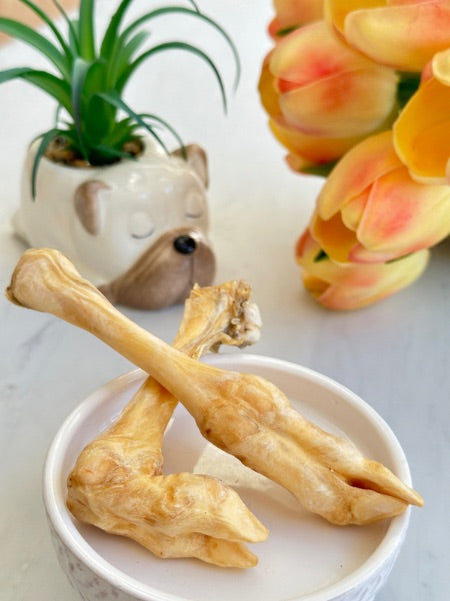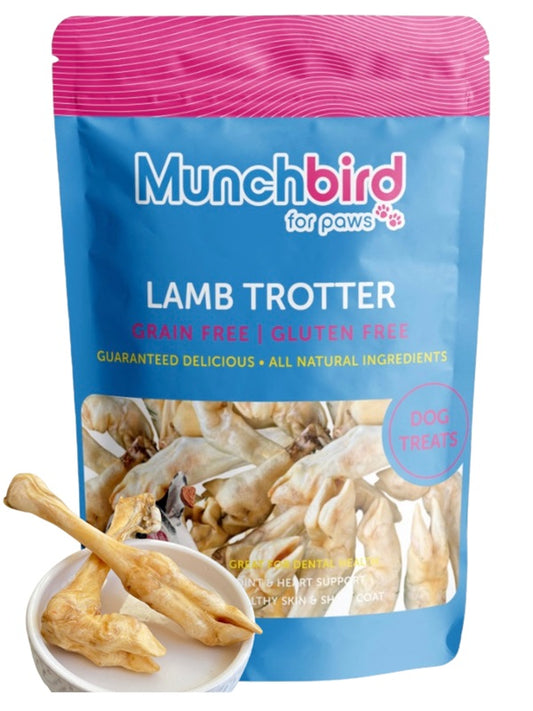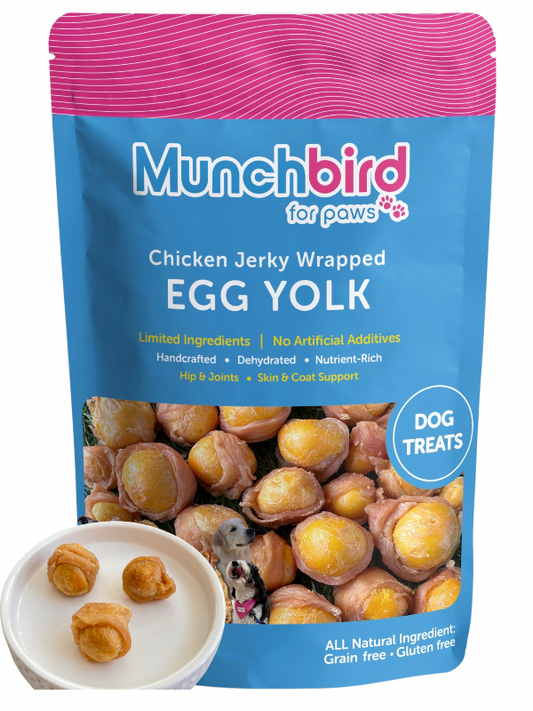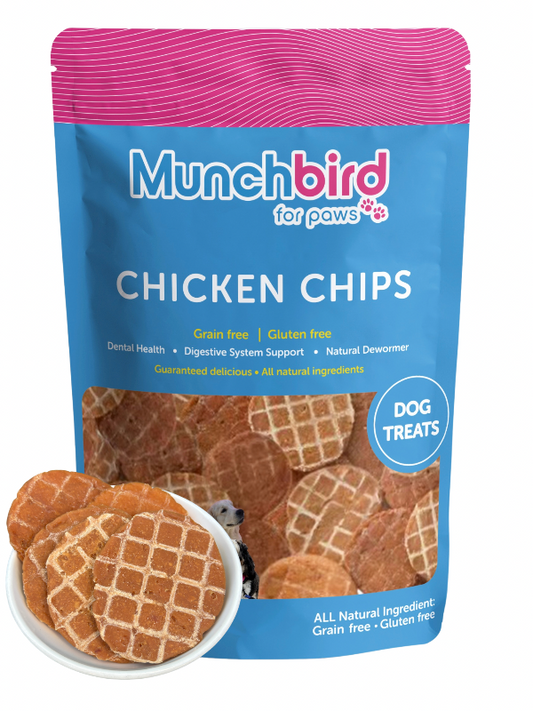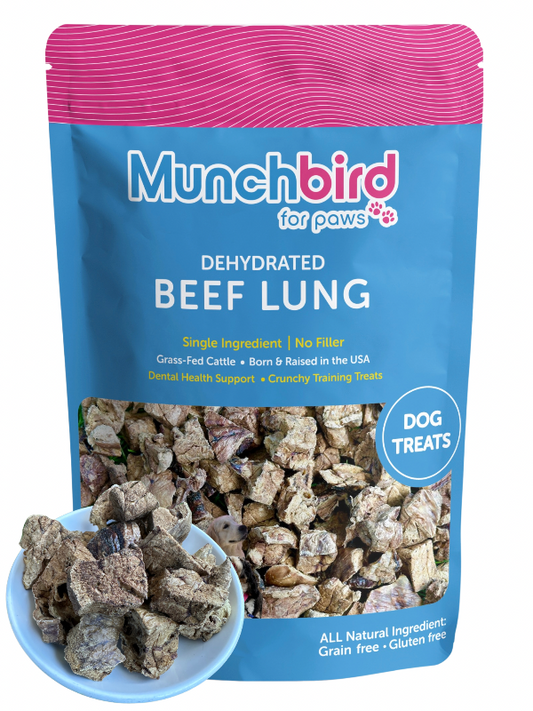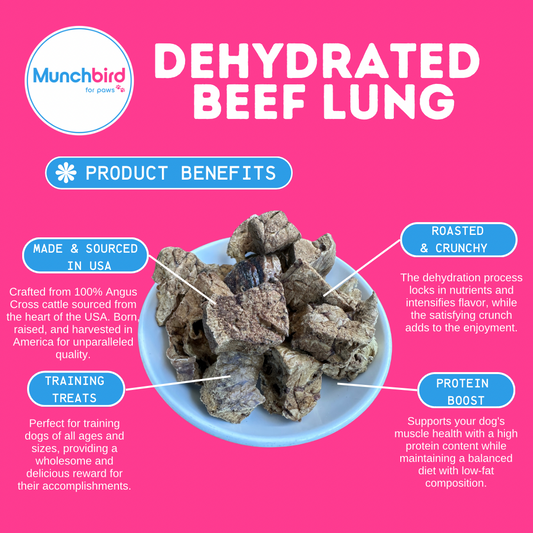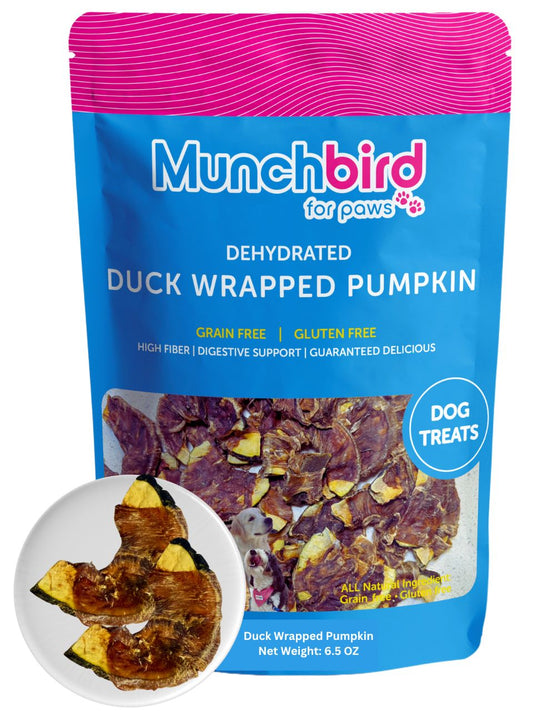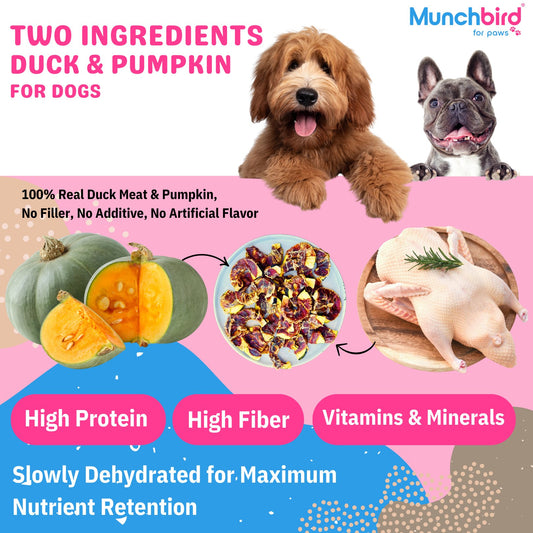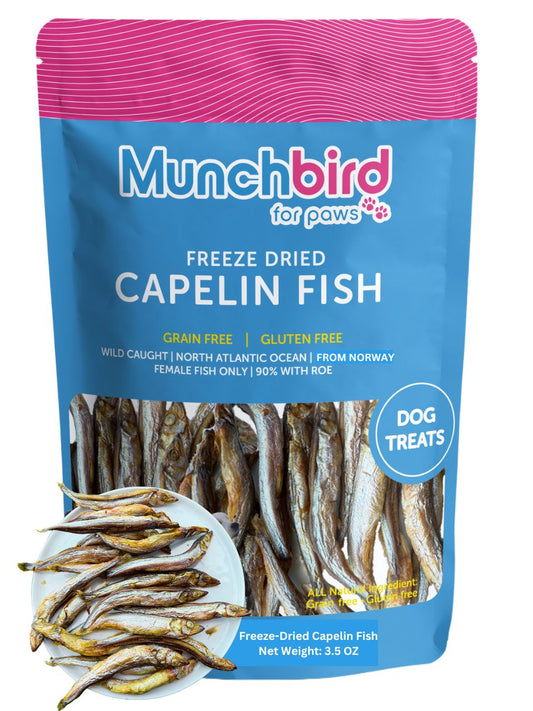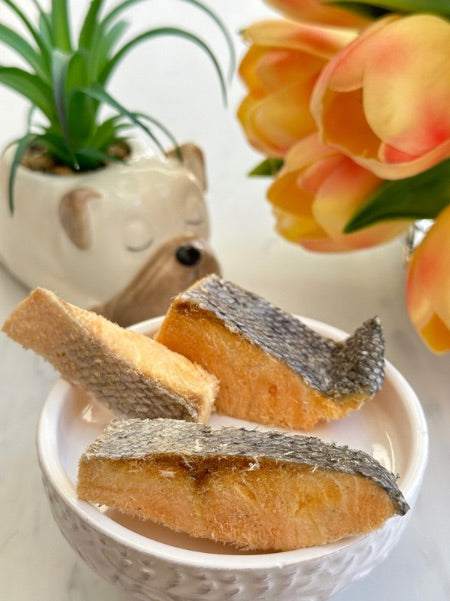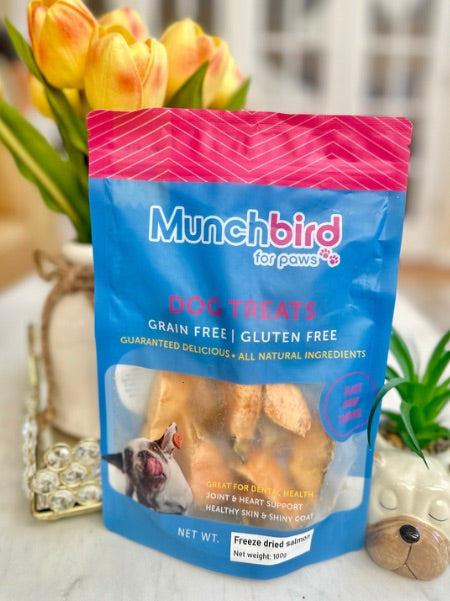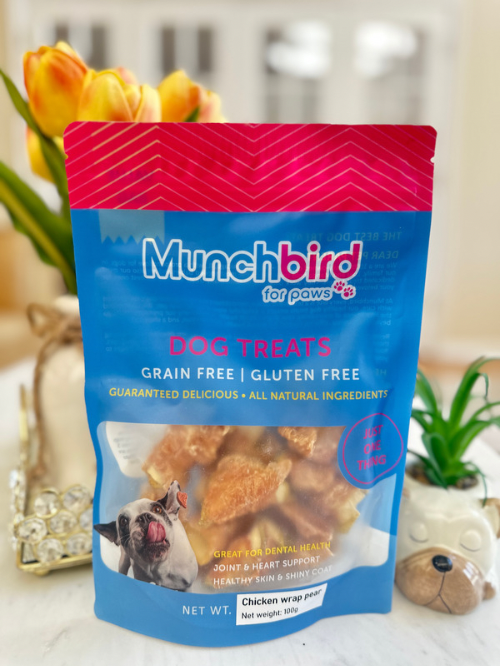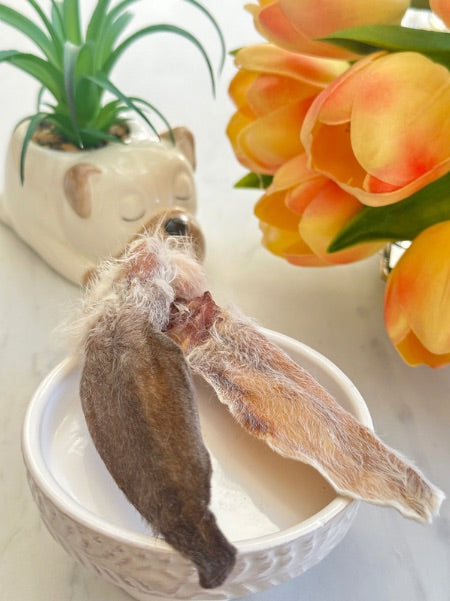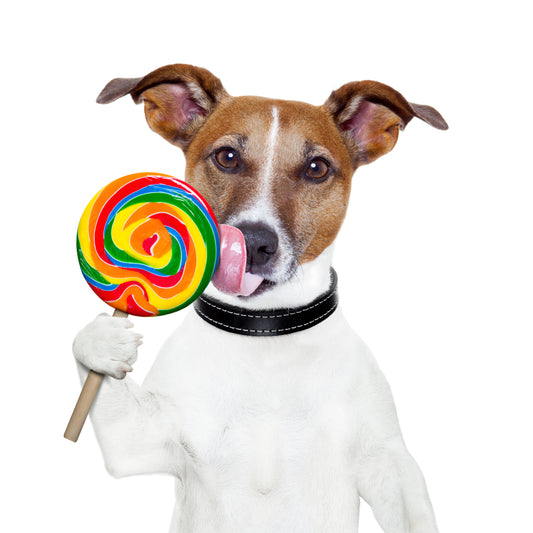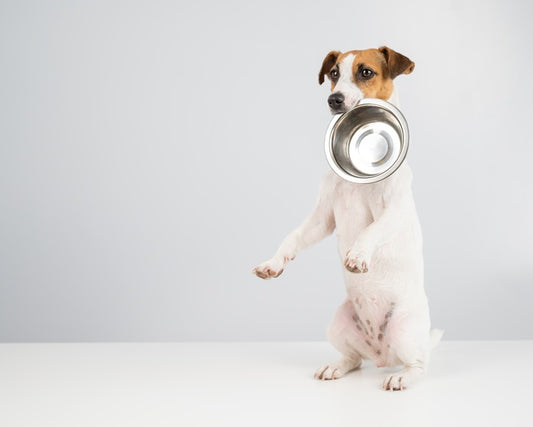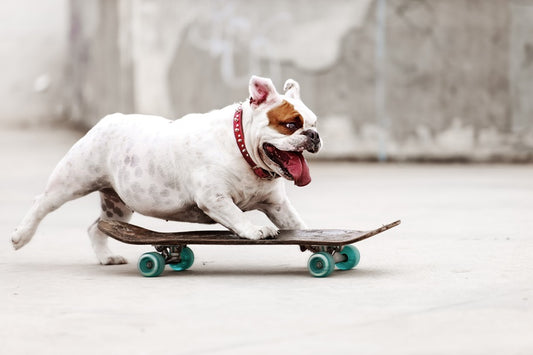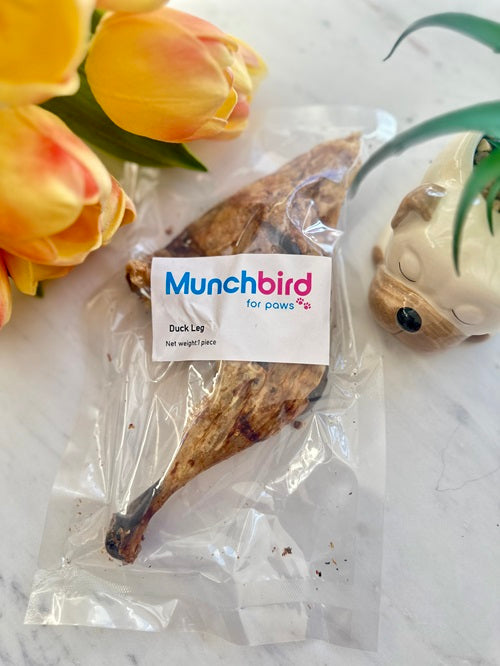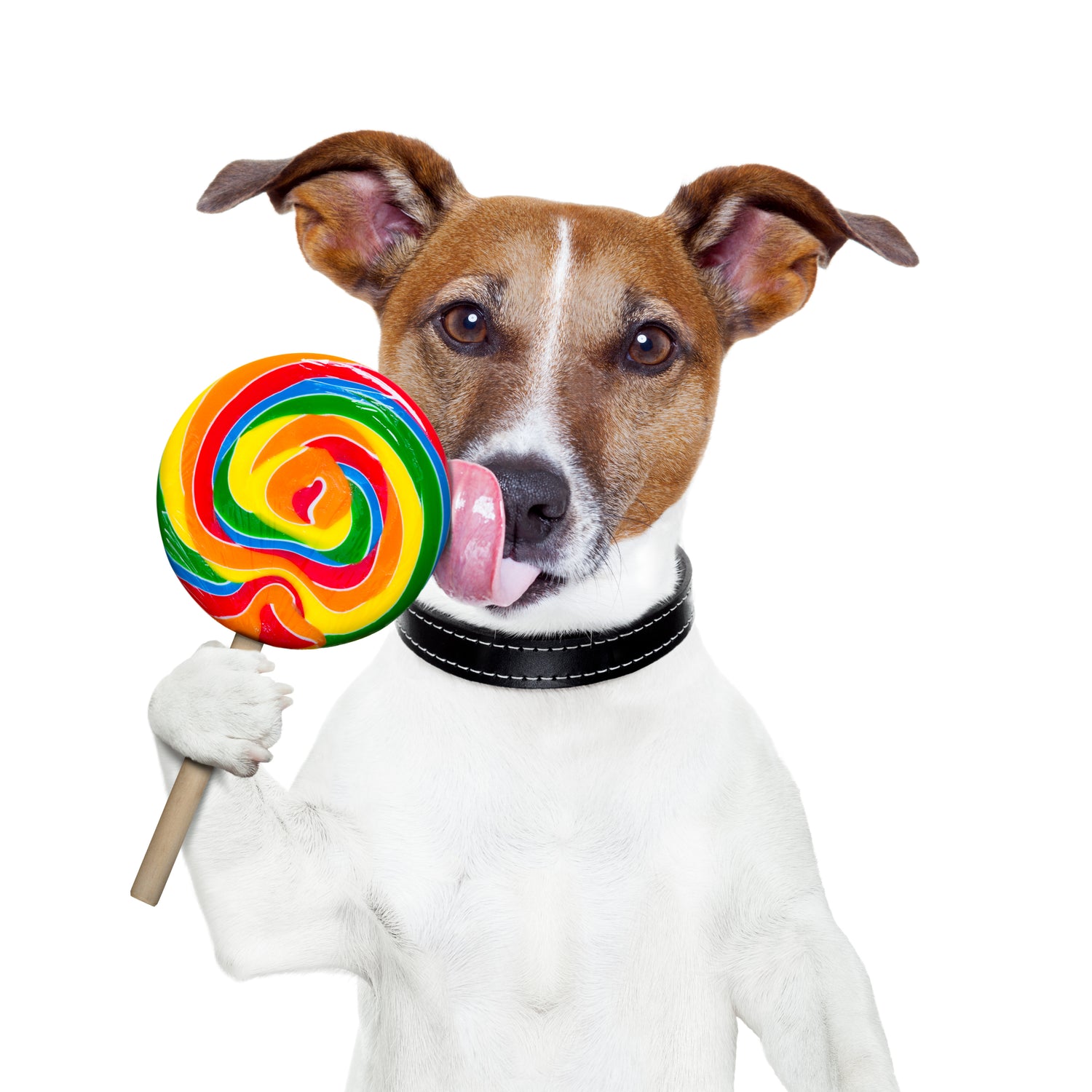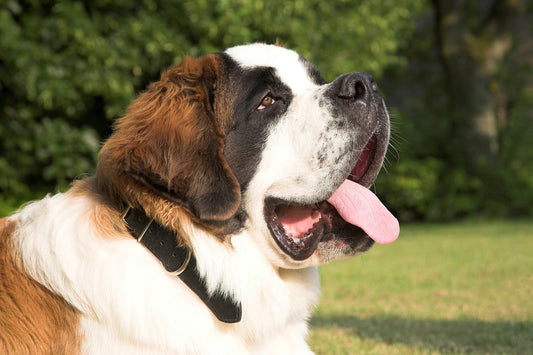Lamb trotters and hooves, often regarded as a delicacy in various cuisines, may leave dog owners wondering if they are a suitable treat for their furry companions. While they can be a tasty and nutritious option, it's essential to understand the benefits and considerations when it comes to feeding lamb trotters to dogs.
Are Lamb Trotters and Lamb Hooves Good for Dogs?
The Benefits of Lamb Trotters for Dogs:
1. Nutrient-Rich: Lamb trotters are packed with essential nutrients, including protein, healthy fats, vitamins, and minerals. These nutrients contribute to your dog's overall health and well-being.
2. Joint Health: The cartilage and connective tissues found in lamb trotters contain natural compounds like glucosamine and chondroitin, which can support joint health and alleviate joint-related issues, such as arthritis.
3. Dental Health: Gnawing on lamb trotters can help improve your dog's dental health. The act of chewing can reduce plaque and tartar buildup and promote healthier gums.
4. Mental Stimulation: Offering lamb trotters as an occasional treat can provide mental stimulation and alleviate boredom for your dog. It's an excellent way to keep them engaged and mentally active.

Considerations When Feeding Lamb Trotters to Dogs:
1. Size and Portion Control: Lamb trotters can be substantial, so it's essential to choose an appropriate size for your dog. Smaller breeds may require smaller trotters or smaller portions to avoid overfeeding.
2. Supervision: Always supervise your dog when they are enjoying a lamb trotter. This ensures their safety and prevents any potential choking hazards.
3. Allergies and Sensitivities: Some dogs may have allergies or sensitivities to certain proteins. Before introducing lamb trotters into your dog's diet, consult with your veterinarian to ensure they are a suitable choice.
4. Balance in Diet: While lamb trotters can be a nutritious treat, they should not replace your dog's regular, balanced diet. They should be given in moderation and not as the primary source of nutrition.
5. Cooking and Preparation: If you choose to prepare lamb trotters at home, ensure they are cooked thoroughly to eliminate any harmful bacteria or parasites that may be present.
Conclusion:
Lamb trotters can be a healthy and enjoyable treat for your dog when offered in moderation. They offer various benefits, including valuable nutrients, joint support, dental health, and mental stimulation. However, it's crucial to consider your dog's size, allergies, and overall diet when incorporating lamb trotters into their routine. As with any treat, responsible feeding and supervision are key to ensuring your dog's safety and well-being. Before making any significant changes to your dog's diet, consult with your veterinarian to determine if lamb trotters are a good fit for your canine companion.
Benefits of Lamb Trotters for Small Breed Dogs:
Small breed dogs can also enjoy the benefits of lamb trotters, but there are some specific advantages that may be more pronounced for them:
1. Dental Health: Small breed dogs often have smaller mouths and teeth, making them more susceptible to dental issues. Lamb trotters can help improve their dental health by reducing plaque and tartar buildup and promoting healthy gums.
2. Joint Support: Small breeds are prone to certain joint issues, and the glucosamine and chondroitin found in lamb trotters can be particularly beneficial for their joint health. These natural compounds can help prevent or alleviate joint problems.
3. Weight Control: Small breed dogs are more prone to obesity, and lamb trotters can be a nutritious, low-calorie treat. They can enjoy the taste without consuming excessive calories, making it easier to maintain a healthy weight.
Benefits of Lamb Trotters for Large Breed Dogs:
Large breed dogs have their own unique needs and can also benefit from lamb trotters in various ways:
1. Joint Health: Large breed dogs are more susceptible to joint issues due to their size and weight. Lamb trotters, with their glucosamine and chondroitin content, can provide essential joint support, reducing the risk of arthritis and joint discomfort.
2. Dental Health: Just like small breeds, large breed dogs can benefit from the dental advantages of lamb trotters. Chewing on these treats can help keep their teeth and gums in good condition.
3. Mental Stimulation: Large breed dogs may have a higher need for mental stimulation due to their intelligence and energy levels. Lamb trotters offer an engaging chewing experience that can keep them mentally active and satisfied.
In summary, lamb trotters can offer dental, joint, and mental health benefits to dogs of all sizes, including small and large breeds. However, the specific advantages may vary based on your dog's size and individual needs. As always, it's crucial to monitor your dog when offering treats and consult with your veterinarian to ensure that lamb trotters are a suitable addition to their diet.
Feeding Instructions for Lamb Trotters:
Feeding lamb trotters to your dog should be done with care, taking into consideration their size, age, and individual dietary needs. Here are some general guidelines for offering lamb trotters to dogs of various sizes:
Small Breed Dogs (e.g., Chihuahua, Pomeranian):
- Frequency: Offer lamb trotters as an occasional treat, not as a regular meal replacement. Aim for 1-2 times a week.
- Portion Size: For small breed dogs, a quarter to half of a lamb trotter should be sufficient as a treat.
Medium Breed Dogs (e.g., Labrador Retriever, Bulldog):
- Frequency: Lamb trotters can be given 2-3 times a week, but not on consecutive days.
- Portion Size: For medium-sized dogs, half to one whole lamb trotter is an appropriate portion.
Large Breed Dogs (e.g., Great Dane, German Shepherd):
- Frequency: Large breed dogs can enjoy lamb trotters 2-3 times a week.
- Portion Size: Large dogs can be given one or more whole lamb trotters, depending on their size and dietary requirements.
Puppies:
- When introducing lamb trotters to puppies, it's essential to do so in moderation. Puppies have different nutritional needs, and their digestive systems are still developing.
- Offer a small piece of lamb trotter as an occasional treat, focusing on chewable portions rather than larger pieces.
Feeding Tips:
- Always supervise your dog when they are enjoying a lamb trotter to ensure their safety and prevent choking hazards.
- Lamb trotters can be offered as a standalone treat or used as part of interactive toys or puzzles for mental stimulation.
- Consider your dog's overall diet and calorie intake. Lamb trotters should complement their diet, not replace it.
Remember that these are general guidelines, and individual dogs may have unique dietary requirements. Consult with your veterinarian to determine the most suitable feeding routine for your dog, taking into account their age, size, and specific health considerations.
Where to buy Lamb Trotter, Lamb Feet, Natural Dog Treats?
Shop Munchbird's Natural Lamb Trotter Dog Treats
All Lamb Dog Training Treats Collection for Small and Large Breeds
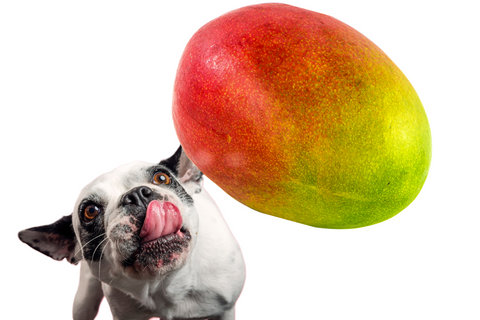
|
Can Dogs Eat Mango? |
 |
Can Dogs Eat Popcorn? |
 |
Can Dogs Eat Quinoa? |
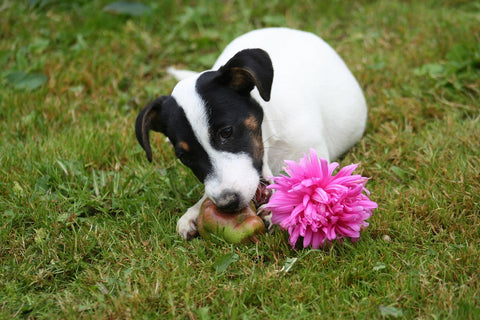 |
Can Dogs Eat Pears? |
Other Blog Posts about Dog Treats:
| Chicken Liver Treat vs. Beef Liver Treat: Which Is Better for Your Pup? | https://www.munchbird.com/blogs/dog-treats/are-salmon-dog-treats-good-unveiling-the-benefits-and-considerations |
| Are freeze dried liver treats bad for dogs? | https://www.munchbird.com/blogs/dog-treats/are-freeze-dried-liver-treats-bad-for-dogs |
| Are Salmon Dog Treats Good? Unveiling the Benefits and Considerations | https://www.munchbird.com/blogs/dog-treats/chicken-liver-treat-vs-beef-liver-treat-which-is-better-for-your-pup |
| Is Liver Treat Good for Dogs? Unveiling the Nutritional Benefits and Considerations | https://www.munchbird.com/blogs/dog-treats/is-liver-treat-good-for-dogs-unveiling-the-nutritional-benefits-and-considerations |
| Top-Rated Salmon Dog Treat Brands: Healthy Rewards for Your Pup | https://www.munchbird.com/blogs/dog-treats/top-rated-salmon-dog-treat-brands-healthy-rewards-for-your-pup |




